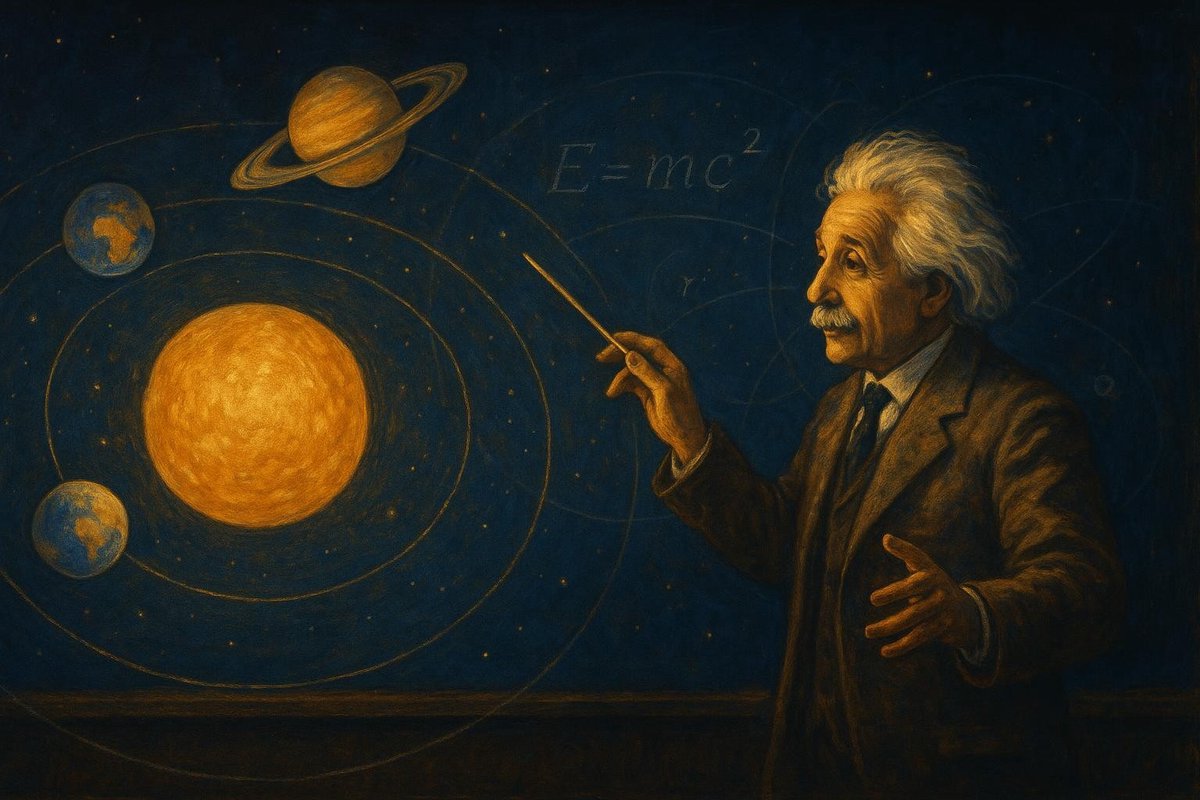
Have you ever marveled at how planets orbit stars, or how galaxies swirl in ballet-like formations? These celestial patterns echo a deeper cosmic dance — one choreographed by gravity itself. In the early 20th century, Albert Einstein reimagined the universe not as a static tableau, but as a dynamic dance floor where gravity is not merely a force but an orchestrator of motion, weaving the fabric of space-time into a cosmic symphony.
Before the Cosmic Dance: The Problem Context
Before Einstein’s revelations, many believed Newton’s vision of gravity as a simple, invisible force pulling objects together. But questions lingered. How could this force act instantaneously over vast distances? And why did the orbit of Mercury defy Newtonian predictions?
- Newton’s gravity was like a magnetic pull; it explained many things but left gaps in understanding.
- Einstein’s curiosity about the universe’s true nature drove him to question everything. He famously said, “I have no special talent. I am only passionately curious.”
- Mercury’s orbit puzzled astronomers, hinting at something more profound lurking in the cosmos.
It was a time of scientific upheaval, ripe for revolutionary ideas. As the industrial world changed rapidly, so too did humanity’s quest to decode the universe’s mysteries, setting the stage for Einstein’s groundbreaking theories.
The Birth of a New Vision: Theoretical Breakthrough
In 1915, Einstein unveiled his General Theory of Relativity, proposing that gravity is not a force but a curvature of space-time caused by mass. Imagine the universe as a giant trampoline, with stars and planets as weights distorting its surface.
- Think of a dancer twirling on a stage, her movements shaping the floor beneath her.
- This revolutionary view explained Mercury’s erratic orbit and much more.
- Einstein’s equations were like dance notations, describing the steps and rhythms of cosmic bodies.
This vision transformed our understanding of reality, suggesting that time and space are intertwined, bending and stretching under the influence of mass, echoing the complex choreography of a grand ballet.
Proving the Dance: Supporting Evidence
Einstein’s theory needed proof, and it came during a solar eclipse in 1919. British astronomer Sir Arthur Eddington observed starlight bending around the sun, a phenomenon predicted by Einstein.
- Imagine a spotlight shining on a dancer, its beam curving gracefully around her as she spins.
- This observation was like the opening night of a ballet, confirming the elegance of Einstein’s choreography.
- The world was captivated; relativity became a sensation, reshaping scientific and popular notions of the universe.
The validation of Einstein’s ideas not only cemented his genius in the annals of science but also marked a cultural shift, opening up new ways of perceiving reality and our place within it.
The Dance Continues: Modern Relevance
Today, Einstein’s cosmic dance continues to influence fields from GPS technology to black hole research. His vision helps scientists map the universe and understand its most enigmatic phenomena.
- Consider how GPS devices rely on relativity to provide accurate positioning — a dance between time and space.
- Gravitational waves, ripples in space-time, were first observed in 2015, echoing Einstein’s predictions.
- Modern physics still dances to Einstein’s tune, exploring the universe’s deepest mysteries.
Einstein’s legacy reminds us that the universe is a living, breathing entity, its dance a testament to the harmony of the cosmos, inviting us to join its endless waltz.
In conclusion, Einstein’s vision transformed gravity from a mundane force to a majestic choreographer, redefining our understanding of the universe. His curiosity and innovative thinking continue to inspire us to explore beyond the visible, to dance with the stars, and to never stop questioning.
Fuel Someone Else’s Curiosity
If this cosmic dance of gravity has piqued your interest, share this article with fellow enthusiasts and spark a conversation. Let’s keep exploring the universe’s mysteries together, one step at a time.

Leave a Reply